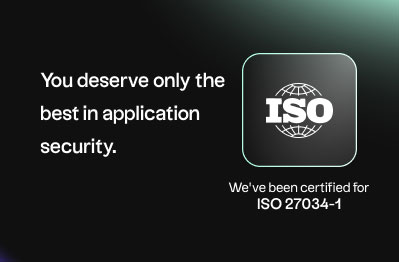
Part 2: Moving forward with Advanced Analytics
In Part 1 of our blog, we explored how to get started with BI Analytics in your organization, including the primary business challenges and how to overcome them.
BI Analytics is just the start though—most organizations are moving to Advanced Analytics with features such as forecasting, predictive modelling, algorithms, machine learning, and artificial intelligence (AI). Advanced Analytics is all about foresight and getting accurate predictions of what is likely to happen to your business.
However, as you’ll see in Part 2 of this blog series, making the move to Advanced Analytics includes its own set of challenges that you need to be prepared for if you’re going to make the most out of it.
To implement Advanced Analytics, you need to ensure you have staff who can do the job and you’re going to have to take a deep look at your business strategy for analytics. What are the use cases, business benefits, and expected results should you move to Advanced Analytics?
You also need to ensure leadership is on board with the right funding and internal support. Keeping the analytics algorithms, systems, and insights away from prying eyes is also important. A culture of security protects against threats such as corporate espionage, privacy breaches, and hackers.
5 challenges for implementing Advanced Analytics
1. Finding the right staff skills
It’s in the name—transitioning to Advanced Analytics requires that you have data scientists and other staff with advanced skills and experience in algorithms, AI, and machine learning. Overcoming this challenge sometimes just involves designing and encouraging professional development programs for your existing BI analytics staff to update their skills for Advanced Analytics.
However, for many small and mid-sized companies, even having dedicated analytics staff is impossible. It’s often more effective to consider making use of an analytics services provider that can help you plan and implement a solution that best suits your business needs and goals.
They typically have a wealth of experience implementing and transition Advanced Analytics for businesses large and small.
2. Defining use cases for advanced analytics
Defining use cases for something abstract like Advanced Analytics can be very difficult for most organizations. You need to figure out who in your organization will benefit most form Advanced Analytics, how they will make use of it, and which types are most appropriate for your business objectives.
Some ways to do this include internal brainstorming/focus groups, sending out questionnaires (based on possible business outcomes), and getting an external consultation for fresh perspective on possible use cases.
3. Defining your business strategy for advanced analytics
Defining a business strategy involves knowing your analytics audience(s) and use cases, sourcing the right data, and selecting appropriate algorithms and methodologies to get the insights that best fit your business objectives.
Many organizations struggle with figuring out how to best leverage AI, forecasting, and predictive algorithms. To overcome this, you need to work with your internal teams to audit your pain points, prioritize use cases, identify high quality data, and develop business-relevant analytics and models.
You also need to discover how to integrate analytics in front line tools that have the highest impact, and are easy to understand by your teams.
4. Getting funding for the transition
Convincing management of the importance of Advanced Analytics can be difficult. You need to do this so that proper funding is allocated to this endeavor. Some ways you can accomplish this are through demonstrating real use cases, examples of insights your staff can expect, and what the return on investment will be from deploying Advanced Analytics.
The solution you use for Advanced Analytics can also help you get proper funding. For example, using a modular, off-the-shelf Analytics suite can mean that the only costs, besides perhaps staff, are the addition of new Advanced Analytics modules related to your business strategy. It’ll be much harder to get funding if you use custom in-house solution that can’t be scaled without significant development time and investment.
Basically, handing it off to a third-party who has successfully delivered advanced analytics solutions many times for organizations of your size and with a similar objective. If you are curious about what Analance offers, read about its product capabilities.
5. Safeguarding privacy and security
Considering the number of severe IT security and privacy breaches that have occurred in recent years, you have to meet the challenge of safeguarding data, the analytics solution, and insights against hackers and other malicious threat vectors. You need to ensure that your organization is promoting a culture of security and has an incident management process in place to deal with any breaches.
You also have to ensure that the data you collect and the insights you receive don’t cross certain lines that would offend your customers, identify them specifically, or leave them open to attack.
Cybersecurity also needs to be designed into your Advanced Analytics solution from the start, including for the overall solution, integration layers, models, and algorithms. It’s also strongly recommended that you have your solution audited by an impartial third-party who will identify any problems areas and recommendations.
Taken altogether, transitioning to Advanced Analytics can be quite challenging. The right skills, use cases, business strategy, and funding can make this process a lot easier. To keep your organization and end users safe, you also need to make sure you protect the security and privacy of your analytics solution, data, and insights.
Make a more seamless transition to Advanced Analytics
Taken altogether, transitioning to Advanced Analytics can be quite challenging. The right skills, use cases, business strategy, and funding can make this process a lot easier. To keep your organization and end users safe, you also need to make sure you protect the security and privacy of your analytics solution, data, and insights.





